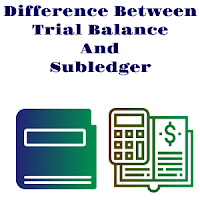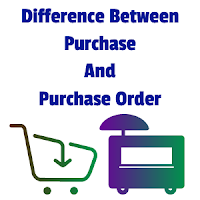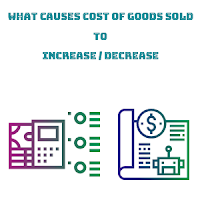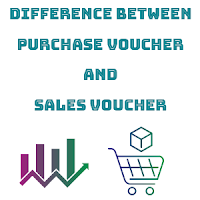Difference Between Post Closing Trial Balance And Trial Balance

Post Closing Trial Balance shows the finalized closing balances of Permanent Accounts (assets, liabilities and equity) before starting the new accounting period while a Trial Balance is a simple and Unadjusted Trial Balance that shows unadjusted balances of different types of accounts before adjustments made to these accounts. Post closing trial balance only shows the permanent accounts balances after recording Closing Entries at the end of the accounting period while a trial balance shows both Temporary Accounts and permanent accounts balances before recording Adjusting Entries which affects the accounts during the accounting period.
















